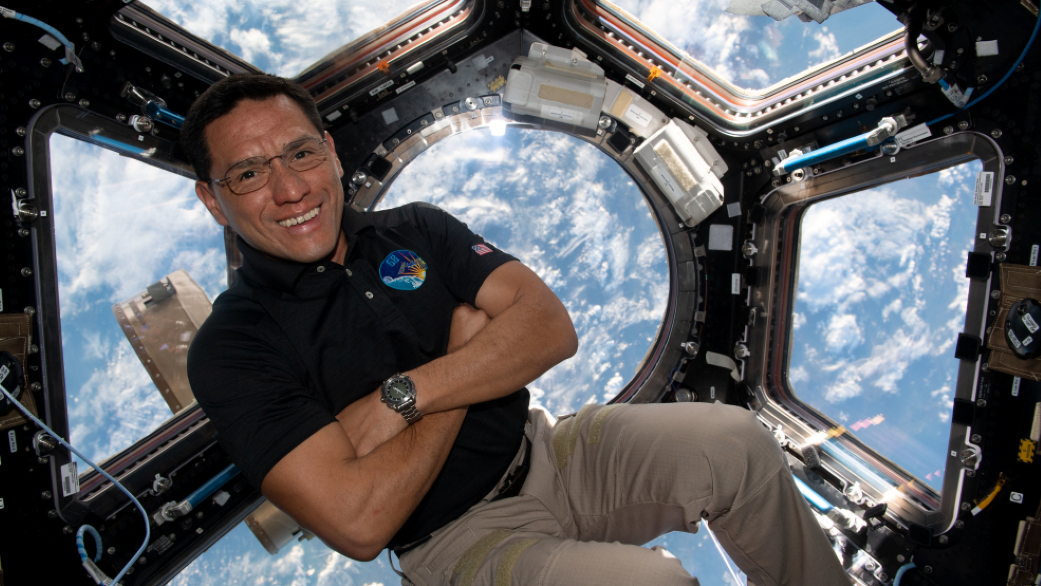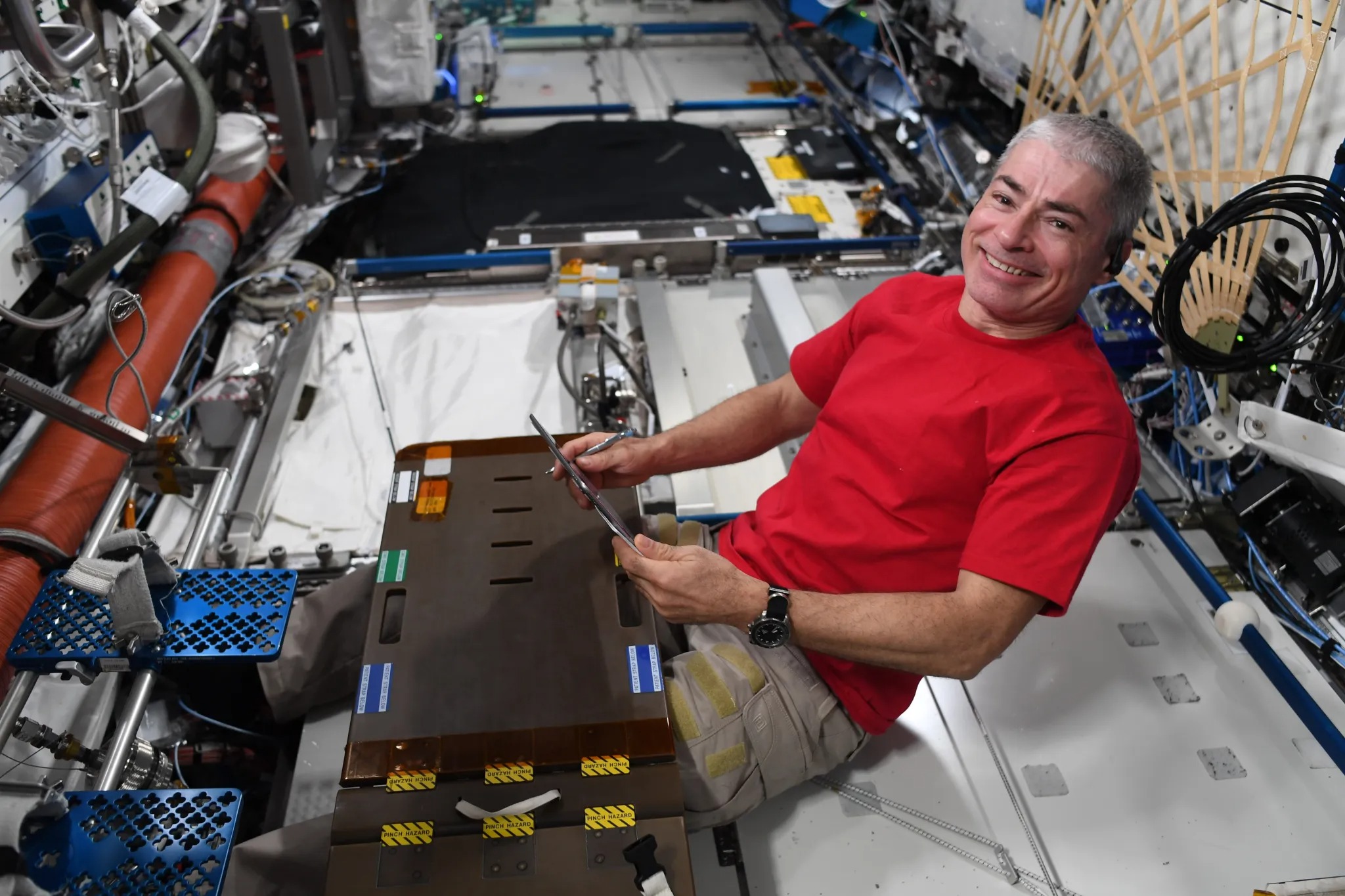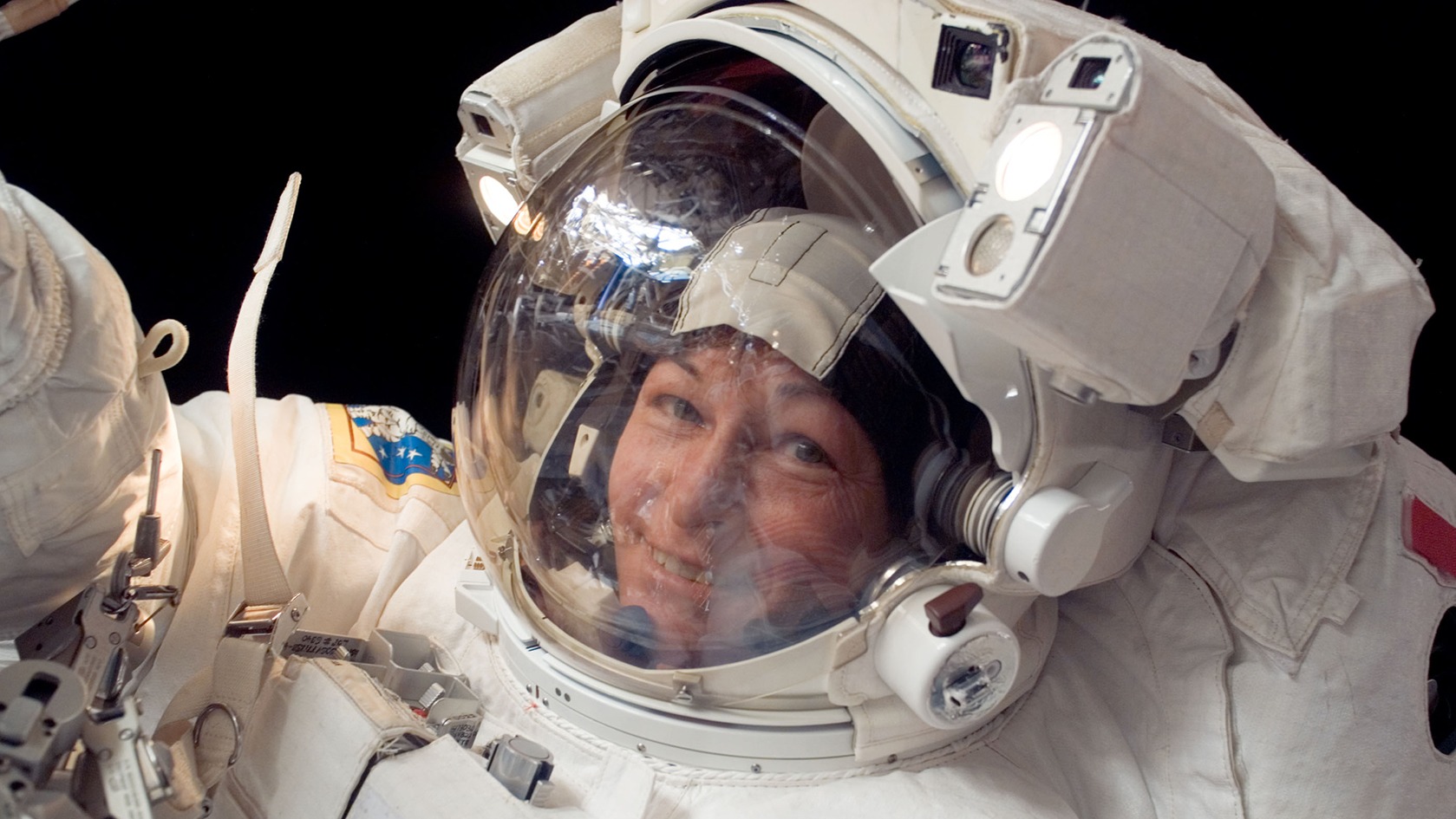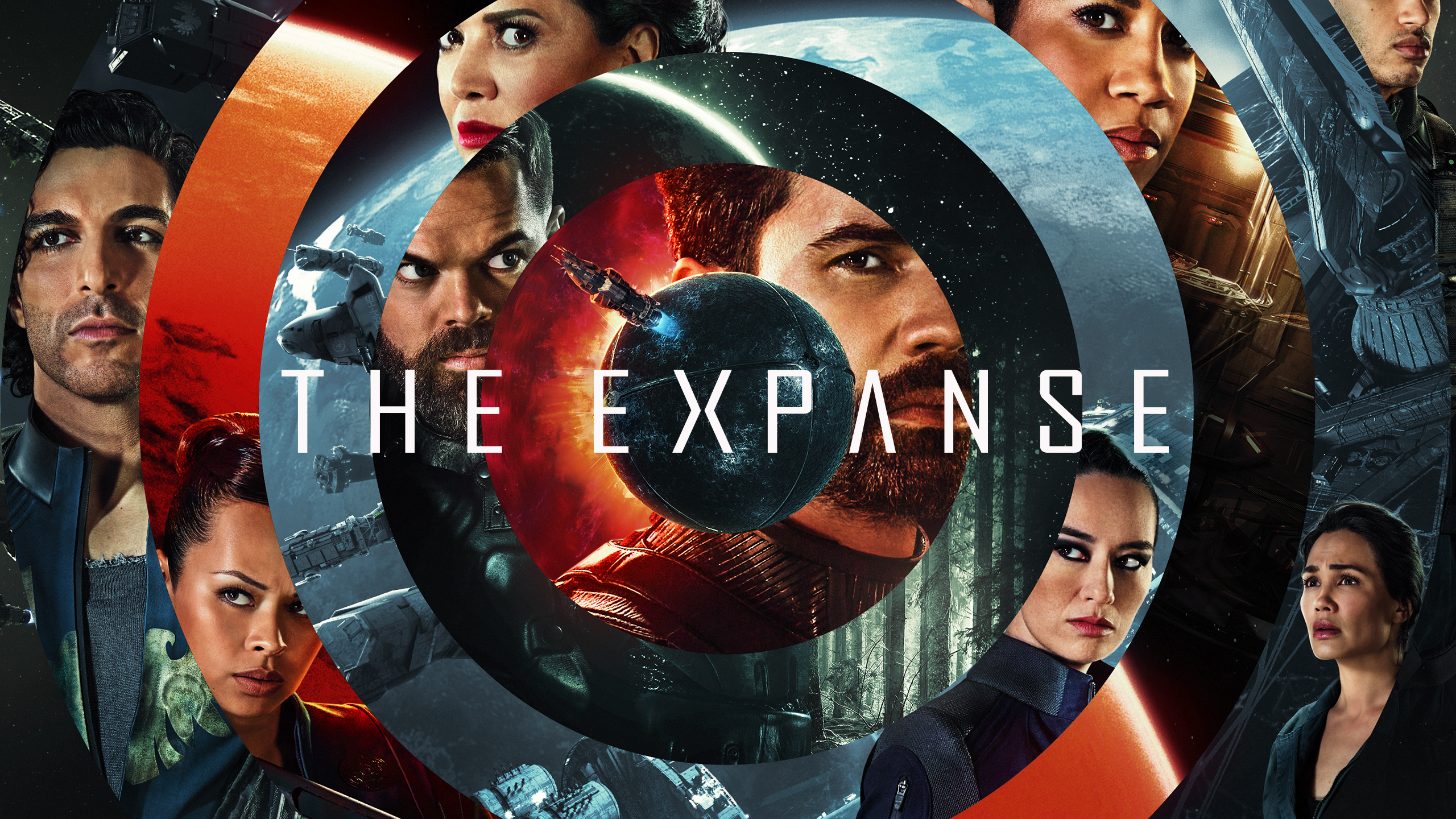Boeing Starliner astronauts have years of medical studies helping them with longer stay in space
"How long is too long? I don't think we as an agency know the answer to that."
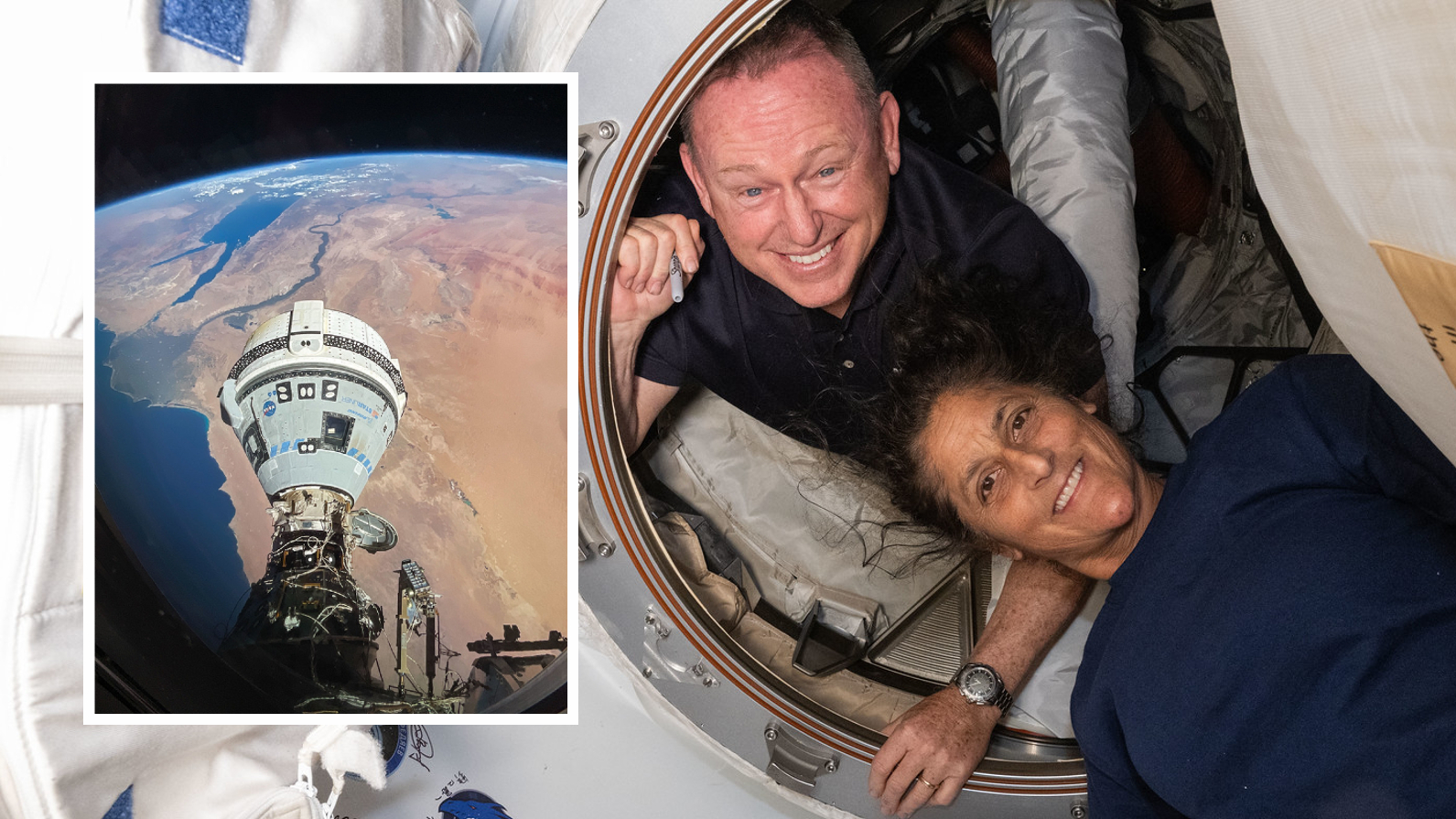
It would appear that the Starliner astronauts, Butch Wilmore and Suni Williams, will end up staying on the International Space Station (ISS) for at least eight months, which is a longer period of time than a typical visit to the orbiting lab spans. However, they're not the first to spend more than six months in space, and NASA has medical studies to help them along during their adventure.
As of now, Wilmore and Williams are expected to return home in February 2025 on a SpaceX Crew Dragon alongside two members of the Crew-9 expedition. That's in contrast to the Starliner duo's original return date, which was slated for earlier this year and would have made their trip, which began in early June, last a mere eight days or so. The move to extend the mission was months in the making — but, arguably, not a fully unexpected conclusion. Starliner's "Crew Flight Test" that the astronauts flew, as the name implies, is developmental.
On June 6, the Starliner capsule that brought Williams and Wilmore to the ISS experienced issues with its propulsion system during docking efforts. Since then, NASA has been trying to diagnose and remedy the problem, but the risk of returning the astronauts in the Starliner capsule was eventually deemed too great. Starliner will therefore come back to Earth empty, while its astronauts hitch a ride with Crew-9. Though NASA didn't expect that outcome, the agency did have systems in place to keep the Starliner astronauts well if the mission had to be extended.
Related: Boeing's 1st crewed Starliner to return to Earth without astronauts on Sept. 6
The ISS has successfully hosted several astronauts staying for a year or slightly less, NASA ISS program manager Dana Weigel reminded reporters in response to Space.com's question during a press conference on Aug. 24. The teleconference was focused on updates about the decision to return an empty Starliner to Earth and to redirect Wilmore and Williams to SpaceX Crew-9.
As Crew-9 is a normal ISS rotation mission, the two astronauts launching will spend six months in space; two other seats on the Crew Dragon spacecraft will be reserved to return the Starliner astronauts to Earth.
"One of the things as an agency that's really important for us is to understand the impacts of long duration space flight," Weigel said. "We've done very well [for] performance implications and what it looks like for operations and health there."
Breaking space news, the latest updates on rocket launches, skywatching events and more!
The longest-duration flyers on ISS were the Russian Soyuz MS-22/23 spacecraft crewmembers, including NASA astronaut Frank Rubio and cosmonauts Sergey Prokopyev and Dmitry Petelin of Roscosmos, who spent 371 days in space. They also remained on the ISS due to a broken spacecraft: MS-22 sprung a coolant leak and Russia eventually shipped a new Soyuz, MS-23, to return the crew. The changes necessitated extending the crew's stay from six months to 12 months.
Rubio has acknowledged the unexpectedly long stay was hard on himself and his family, but, at the time, was sure to pay tribute to his community through calls from space. More recently, Rubio told the Associated Press that preparing to extend a mission is not fully unexpected: "That's part of our job, is just to adapt and overcome and make the best of the situation," he said, "and they've done just that, so super proud of them."
Related: NASA astronaut Frank Rubio considers himself 'incredibly lucky' after accidental 1-year ISS stay
NASA's Mark Vande Hei is the next-longest ISS flyer with 355 days in space; his mission was also extended due to several programmatic changes in Soyuz launches, although Vande Hei was warned beforehand that this could happen.
NASA astronaut Scott Kelly and Mikhail Kornienko together spent 340 days in space as the first preplanned ISS crew; other long astronaut stays on NASA's side, according to agency records, include Christina Koch (328 days), Peggy Whitson (289 days) and Andrew Morgan (272 days). In fact, the Russian Mir space station also hosted numerous year-long stays in the 1990s, including Valeri Polyakov's record-setting 437 consecutive days across 1994 and 1995.
While these are notable amounts of time in space, however, it's worth considering that the typical ISS crew spends somewhere between five and seven months in space. Even so, NASA has numerous countermeasures to help them remain healthy.
Crews are tasked with about 2.5 hours of exercise daily (including setup time) to keep bones, muscles and circulation strong. They also have regular teleconferences with a psychologist. A designated NASA astronaut on the ground helps with family matters and negotiating workload with agency officials, if needed, as well.
Data outlining the results of these interventions are published in peer-reviewed studies and continually updated. One notable change in exercise routines, for example, was swapping out the weightlifting machine on the ISS to install one that provides more resistance training.
The newer Advanced Resistive Exercise Device uses pistons instead of cords, doubling the workout strength over the previous generation iRED (Interim Resistance Exercise Device). A Nature study in 2020 showed marked improvements in astronaut health using ARED, as one example.
Weigel said the countermeasures for six months appear to be working well for numerous longer-mission stays, giving NASA confidence that Williams and Wilmore will return home in good shape. The agency has "no specific concerns with eight months, or even up to a year" as long as the crew has exercise mitigations and "rigorous routines" for cardiovascular health and weightlifting that are developed with specialists on the ground.
Aside from basic medical health, Weigel has emphasized the crew had more than adequate supplies to help them through. By definition, the ISS always strives to keep at least four months of extra "consumables" on board, including items such as water, food, clothing and oxygen, to account for any delays. The Starliner astronauts were also retrained on ISS duties (they have each been there for long-duration missions before) and spacesuits for spacewalking were sized and set aside for them in case any maintenance needs arose outside.
As NASA often does, Weigel said the long-duration missions would help for planning for future Artemis program moon missions and the eventual flight to Mars (in which the flight alone would take months). As for how long an ISS mission could last: "[If] you're asking the question about how long is too long? I don't think we as an agency know the answer to that."

Elizabeth Howell (she/her), Ph.D., was a staff writer in the spaceflight channel between 2022 and 2024 specializing in Canadian space news. She was contributing writer for Space.com for 10 years from 2012 to 2024. Elizabeth's reporting includes multiple exclusives with the White House, leading world coverage about a lost-and-found space tomato on the International Space Station, witnessing five human spaceflight launches on two continents, flying parabolic, working inside a spacesuit, and participating in a simulated Mars mission. Her latest book, "Why Am I Taller?" (ECW Press, 2022) is co-written with astronaut Dave Williams.
